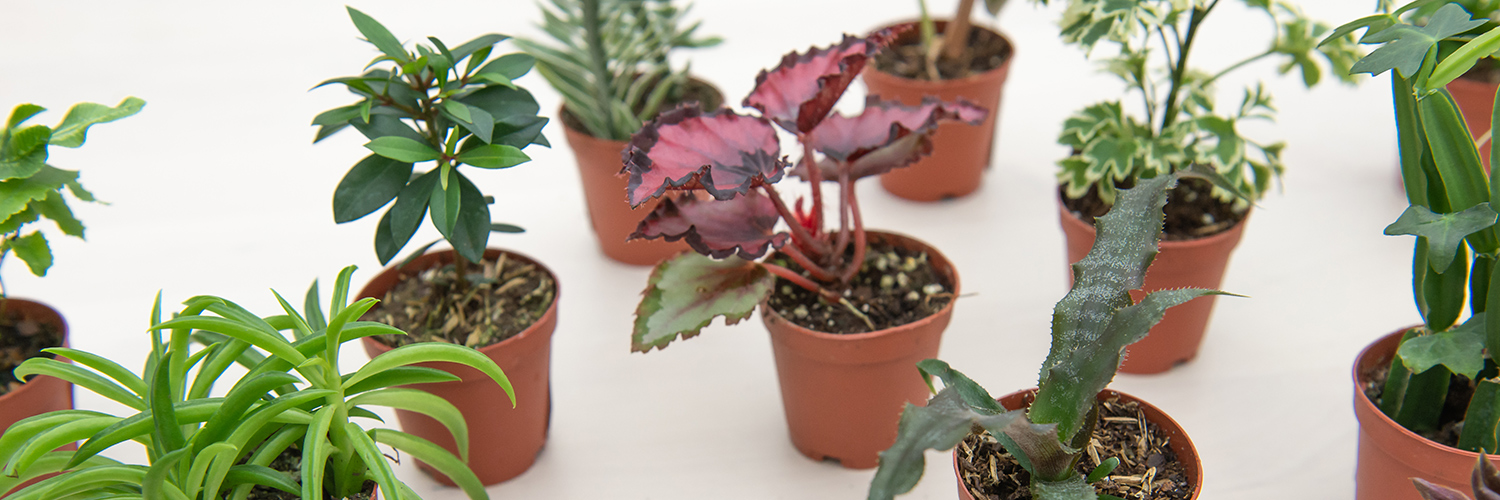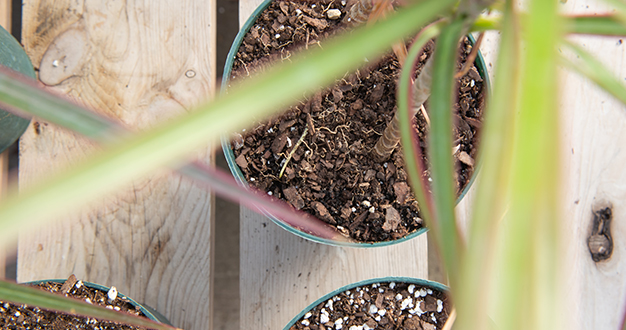
There’s something so appealing about a tiny plant. All the best features of the bigger version are there – but in fascinating miniature – and we get to witness all the changes the plant undergoes as it grows up. Little plants also give us the opportunity to keep a diverse plant collection in small spaces where larger plants just won’t fit. Generally, caring for baby plants is no different than caring for their larger versions – but there are a couple important considerations. Here, we share a few of our best tips for keeping the littlest members of your collection thriving.
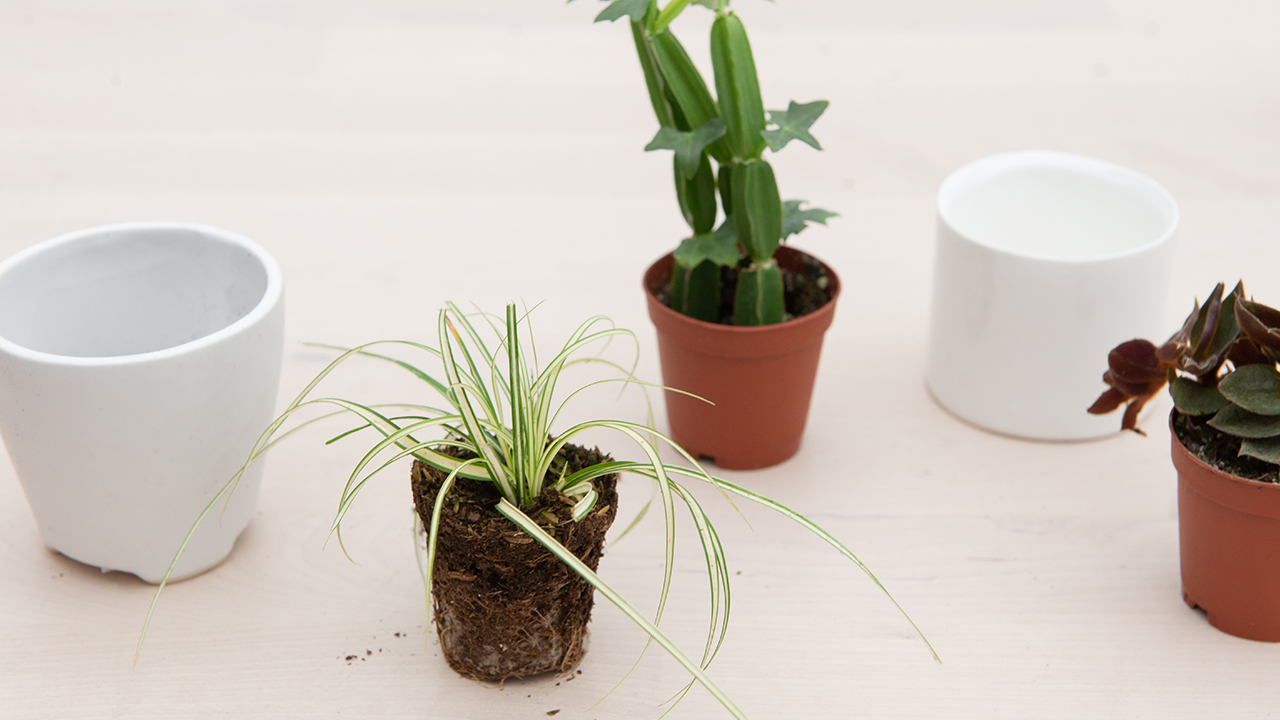
Repotting
In a tiny 2” pot, there’s not much soil to hold moisture around the roots, so the first thing to do when you take one of these tiny darlings home is to replant it into one of your favorite little pots. A roomier container with more soil holds moisture longer and gives your plant space for roots to grow, which fuels its growth up top too. But don’t go overboard either – pick a new pot that’s just an inch or two larger in diameter. Too much soil holding that extra water can lead to rot or suffocation for your little plant’s roots.
And as with any houseplant, be sure to match the new potting soil with your plant’s needs. Most foliage plants enjoy a general purpose indoor potting mix, whereas cacti and succulents prefer a fast-draining mix formulated just for them.
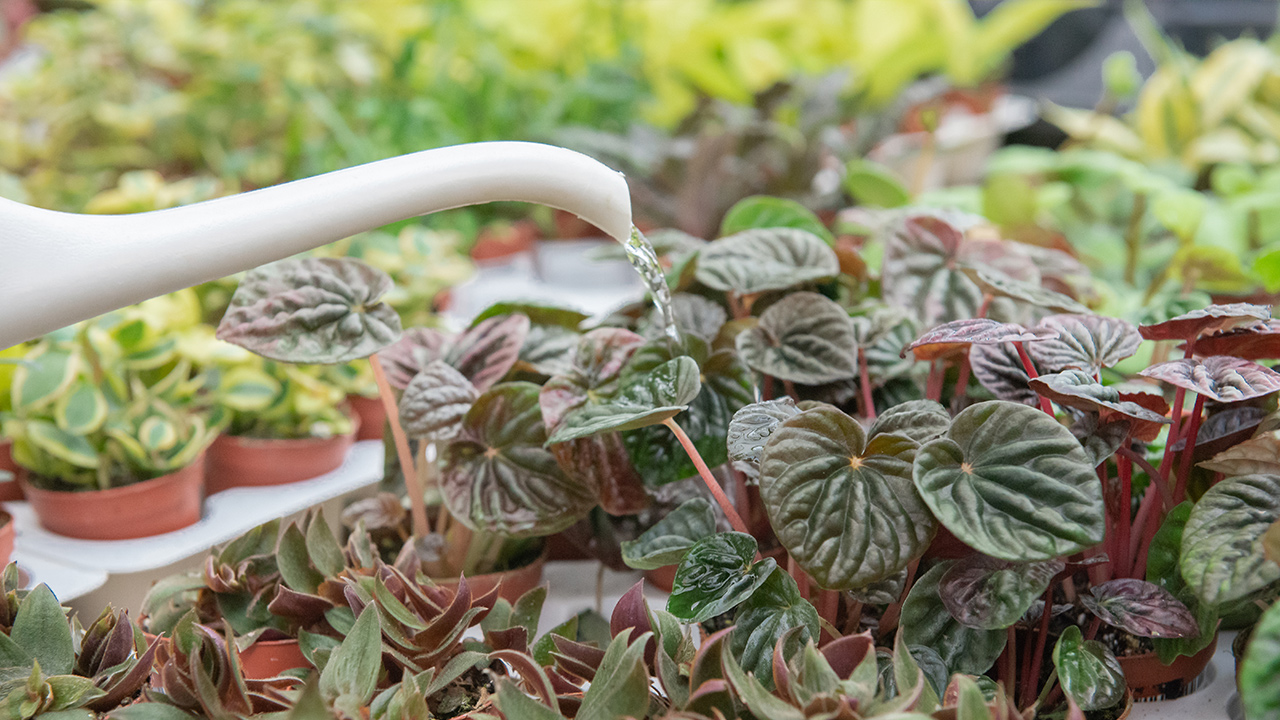
Water
When it comes to water, baby plants are just like their larger counterparts – some plants like to dry out between drinks, some prefer consistent moisture, and most like something a little in-between. But smaller volumes of soil dry faster, so you’ll need to water your baby plant more frequently than you would the same larger plant. You might also want to keep a close eye on your new baby plant at least until you get a better sense of its watering schedule.
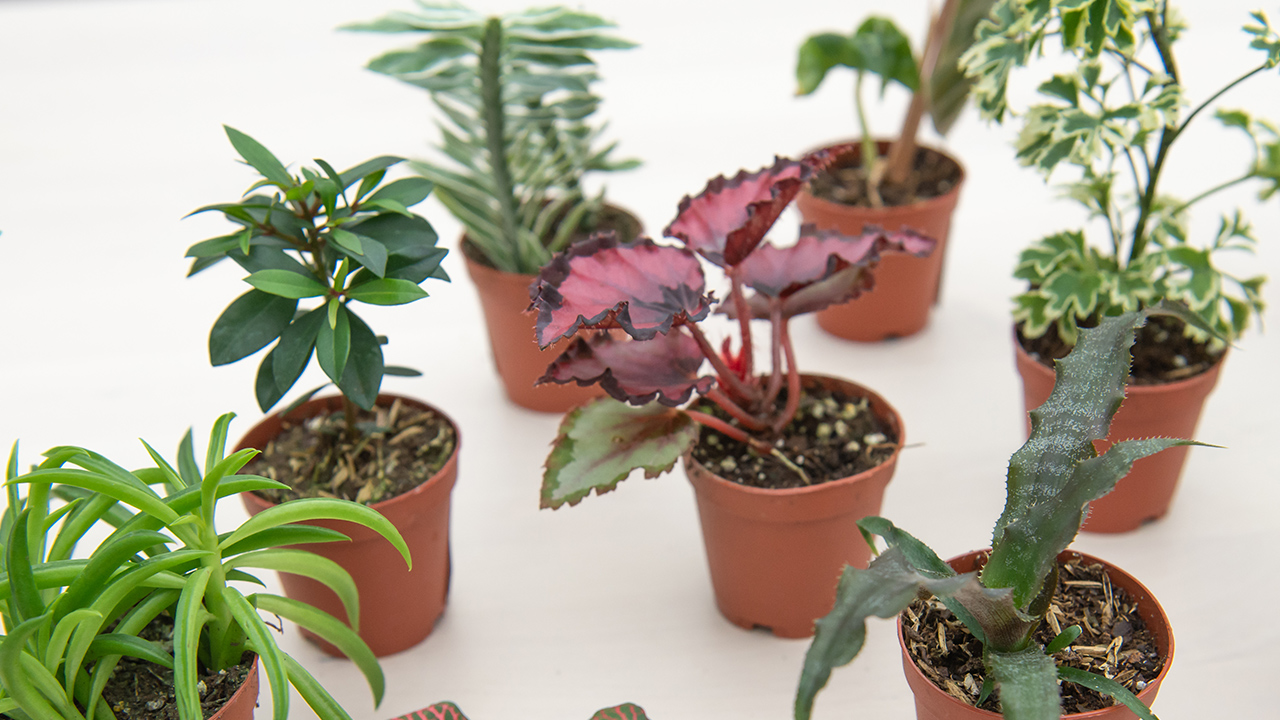
Light
A little plant also has the same preference for light – low, bright, indirect, direct – as its larger version. So although they’re great for adding a living pop of green to bookshelves, desks, and other small spaces, it’s still important that your baby plant receives adequate light for healthy growth and development. If there’s a spot you’d love to have a small plant, but the light isn’t right, there’s a solution. Consider creating a rotation schedule for your small plant collection – with each plant spending most of the time in its preferred light before enjoying a couple days of special attention wherever you’d like to see it.
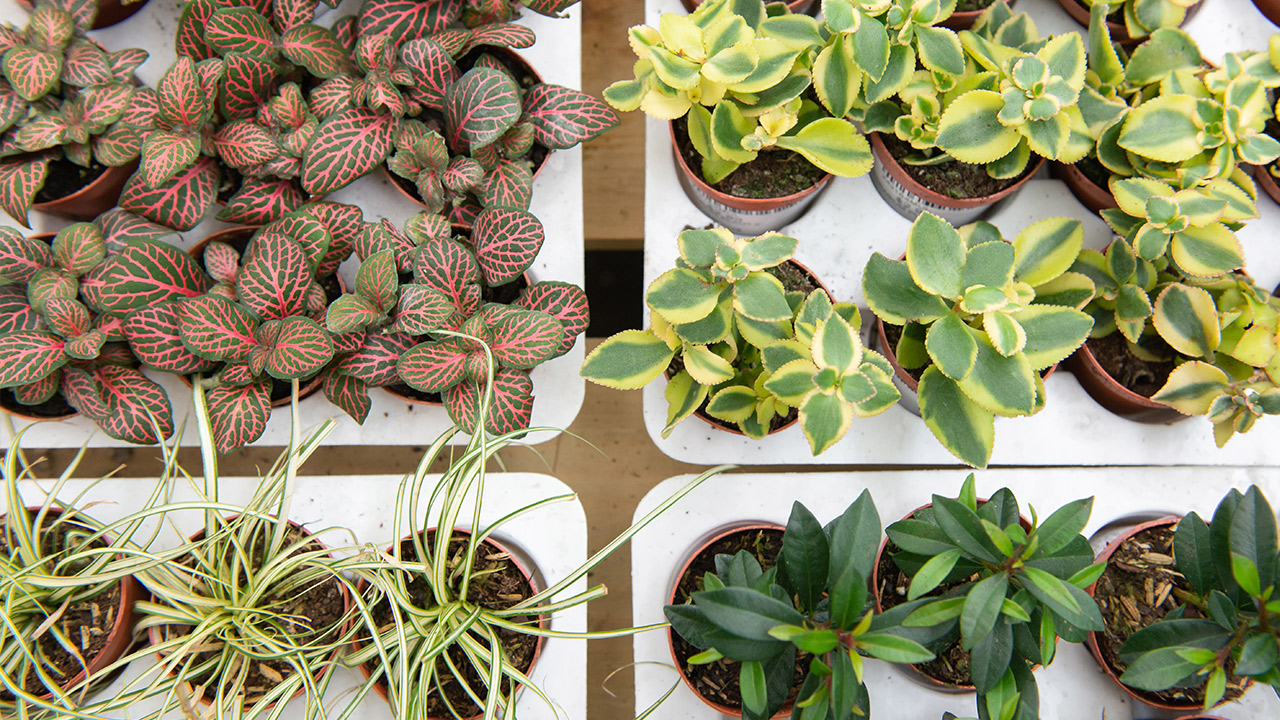
New Arrivals in the Greenhouse
We hope you’ll stop in and meet our collection of irresistible baby houseplants. We’re always welcoming new arrivals, including ferns, alocasia, neanthe bella palms, aralias, begonias, and more. Tiny plants are perfect for adding a little green to small spaces – or for creative projects like fairy gardens and terrariums too. If you have questions, just ask in the Greenhouse. We’re more than happy to help you find the perfect baby houseplant for your growing collection.

